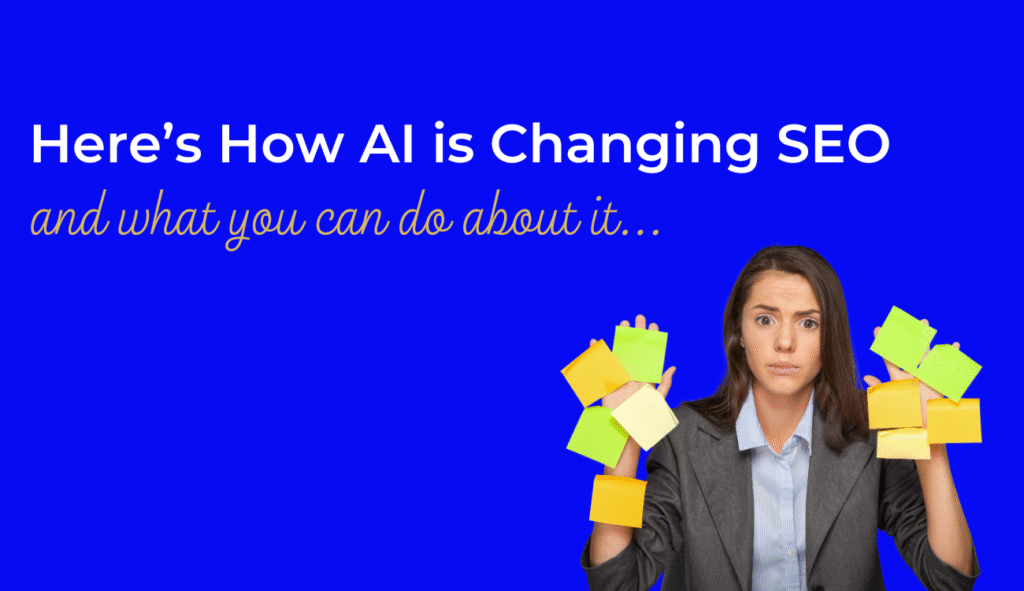
You’ve probably already heard that AI Overviews and LLMs reduced traffic by 10% year-on-year to top-performing websites.
But the image isn’t that bleak; it’s actually quite positive for the underdog. Around 90% of ChatGPT citations come from pages that rank in positions 21+. In other words, generative AI recommends content that’s buried in Google’s third page.
The Good and also bad news is that we’re all—including Google—are still figuring this out.
But for now, here’s what the latest information boils down to:
- Search Engine Optimization (SEO): The OG at this point, is to optimize for specific keywords and phrases that people search for.
- Generative Engine Optimization (GEO): Is to optimize content for LLMs like ChatGPT, Perplexity, and Gemini.
- Answer Engine Optimization (AEO): Is to optimize content for direct answers, such as AI Overviews, where the results are zero-click, featured snippets, and voice queries.
How to Optimize for AI: GEO vs. AEO vs. SEO?
Well, 70% of the basic SEO practices overlap with generative and answer engine optimization. However, what’s different is that you need to structure individual pages:
- around answering a specific question
- give a clear, simple worded answer in the first 2 to 3 sentences
- follow more of an FAQ style in your pages
By following an FAQ-style here, I mean dividing a given page into:
- How to achieve X
- Benefits of X
- Difference between X and Y
Not All AI Sees Data the Same Way
Google’s AI Overviews:
Leans toward the same top sites we’re used to seeing in search results. There’s a heavy emphasis on authoritative websites for health, finance, encyclopedic knowledge, social media, as well as a bias for Google-owned properties.
How to Optimize?
- Focus on E-A-T (Experience, Expertise, Authoritativeness, Trustworthiness) blog pieces. Establish yourself as a go-to information source.
- Follow the standard SEO practices
ChatGPT
Prefers publishers and non-Google media, especially for news, entertainment, and sports. Most of our clients’ blogs are doing well on ChatGPT for that reason.
How to Optimize?
- Build relationships with publishers and media outlets
- Create newsworthy, timely content
- Have a well-cited informative blog with tips, tricks, myth-busters…etc
Perplexity
Perplexity pulls from a broader international canvas, with less focus on US-based sources.
How to Optimize?
- As a MENA-based brand, you have a better chance with Preplexity, at least according to Ahrefs’ analysis of 953K of its results.
- Focus on a combination of raising brand awareness across media outlets and publishing a strong business blog.
4 Things You Can Do Today
What it all boils down to (until now) is that you need to edit your website, blog, and content on social media for the following:
- Use conversational Q&A style, bullet lists, numbered steps, clear headings (H1, H2, H3), and schema markup to align with answer-focused queries. This is especially helpful with Answer-Engine Optimization.
- Build citation-worthy, shareable content. Create detailed cornerstone content, linkable assets such as free guides and checklists, and original research.
- Try to have your brand referenced by high-authority publications. This can be by sharing your expertise, event updates, your company’s latest news…etc.
- Prioritize conversational, natural language writing style. Make sure your content answers questions in a clear, concise manner.
LLMs heavily favor content that includes expert commentary and professional insights. The inclusion of expert quotes signals credibility to LLMs.
Did you know that we can help you boost your brand’s public perception and visibality?
Contact us to find out which of the following is the most suitable for your growth and audience.
- B2B informative blog
- How-to style content addressing specific questions
- Step-by-step guides and checklists
- Infographics
- Lead-gen content
